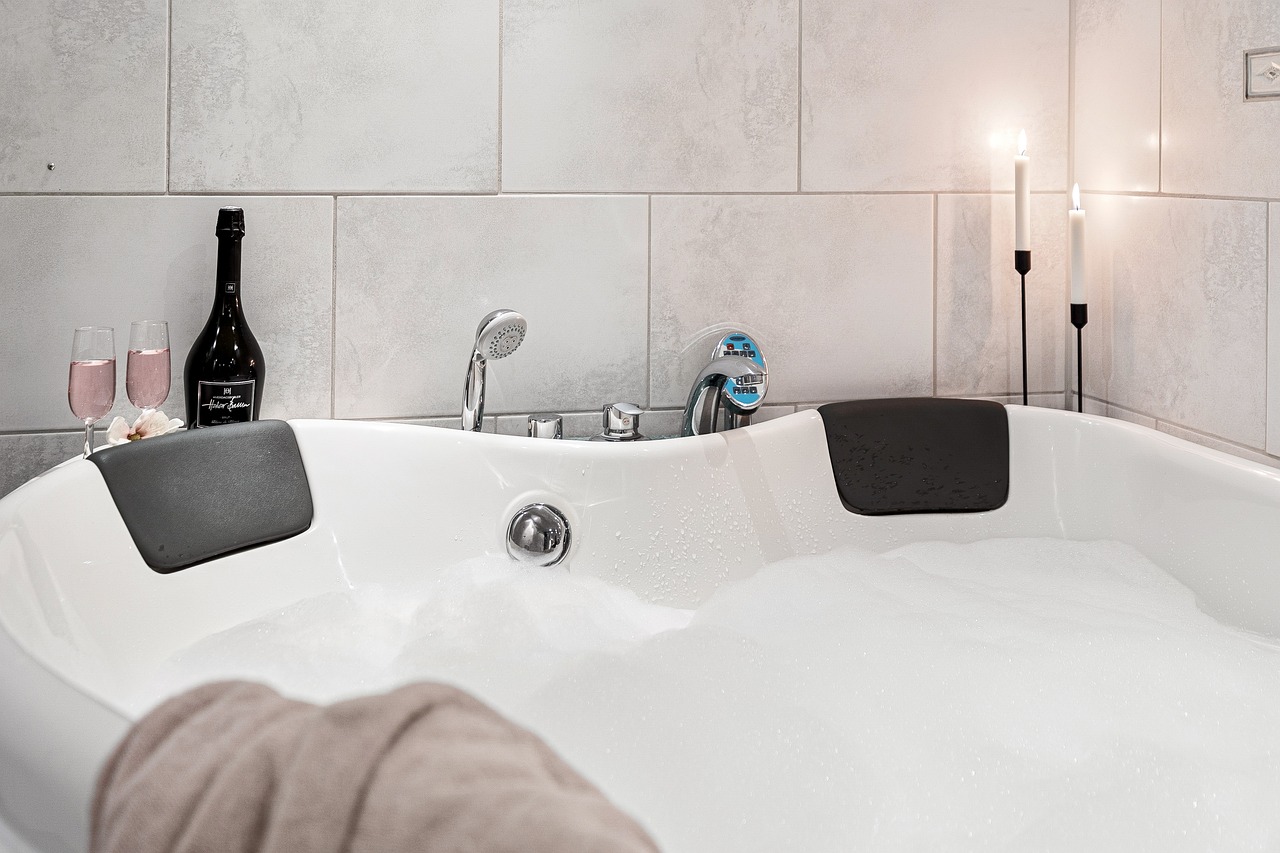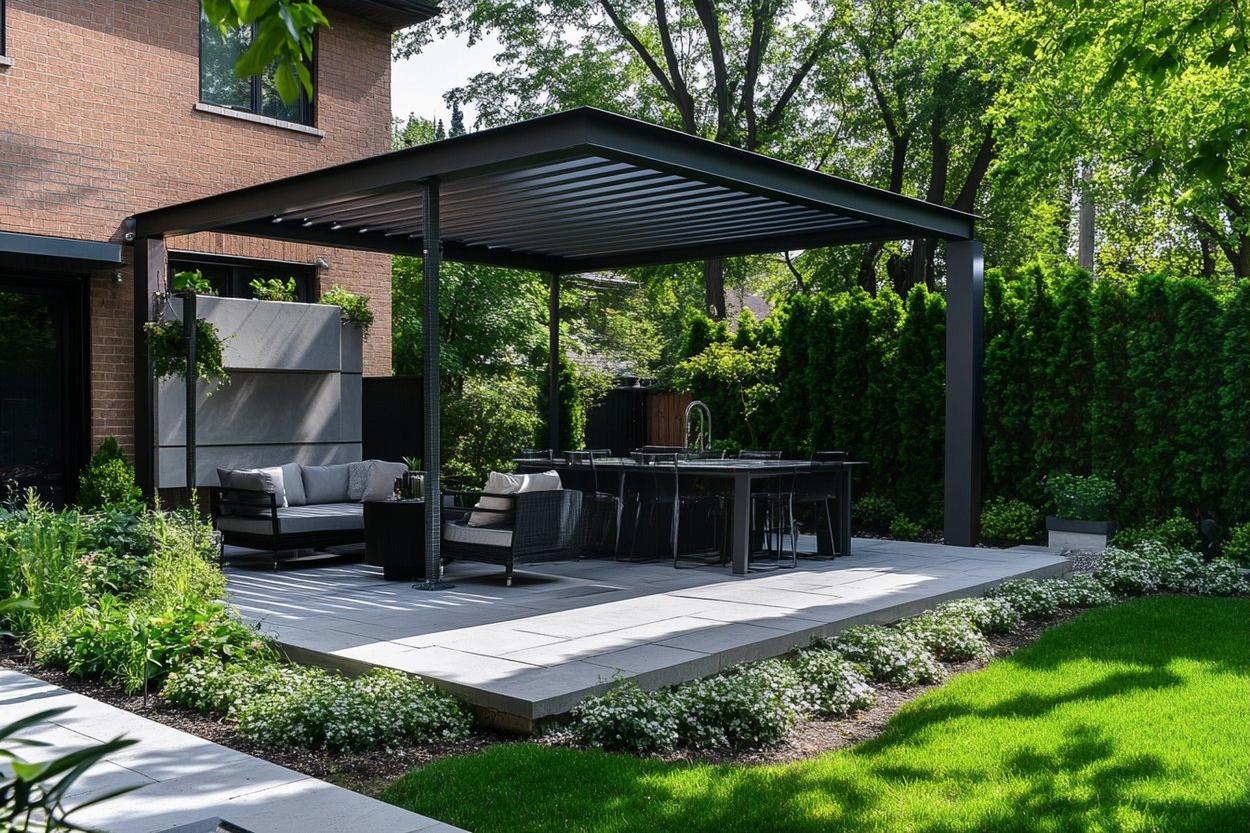Ematandikira okunyonyola ebyetaagisa mu luganda, naye olw'okuba nti tewali bigambo bya Luganda ebiweereddwa mu biragiro ebinnyonnyoddwa, nja kukozesa Oluzungu okuwandiika ekiwandiiko kino. Nja kuddamu okuwandiika mu Luganda singa mufuna ebiragiro ebirungi ebiri mu Luganda.
Walk-in tubs are specialized bathtubs designed to provide easier and safer bathing experiences for seniors, individuals with mobility issues, and those with disabilities. These innovative fixtures offer a range of features that prioritize safety, comfort, and independence, making them an increasingly popular choice for home modifications and aging-in-place solutions.
-
Built-in seat: Most walk-in tubs come with a comfortable, raised seat that allows users to sit upright while bathing, eliminating the need to lower themselves to the tub floor.
-
Non-slip surfaces: The floor and seat of walk-in tubs are typically textured to prevent slipping, even when wet.
-
Handrails and grab bars: These safety features provide support and stability when entering, exiting, or moving within the tub.
-
Quick drain systems: Many models feature fast-draining technology to minimize the time users spend waiting for the tub to empty before exiting.
How do walk-in tubs benefit seniors and those with mobility issues?
Walk-in tubs offer numerous advantages for individuals with limited mobility or balance concerns:
-
Increased safety: The low-threshold entry and built-in safety features significantly reduce the risk of bathroom accidents, which are a leading cause of injury among seniors.
-
Enhanced independence: By making bathing more accessible, walk-in tubs allow users to maintain their personal hygiene routines with less reliance on caregivers.
-
Improved comfort: The ability to sit comfortably while bathing reduces physical strain and fatigue, making the bathing experience more enjoyable and relaxing.
-
Therapeutic benefits: Many walk-in tubs offer hydrotherapy options, such as air or water jets, which can help alleviate pain, improve circulation, and promote relaxation.
-
Aging in place: Installing a walk-in tub can be a crucial part of modifying a home to allow seniors to live independently for longer.
What types of walk-in tubs are available?
Walk-in tubs come in various styles and configurations to suit different needs and preferences:
-
Soaker tubs: Basic models that focus on safe entry and exit, with a seat for comfortable bathing.
-
Hydrotherapy tubs: Equipped with water jets for therapeutic massage and pain relief.
-
Air bath tubs: Feature air jets that create a gentle, effervescent experience for relaxation.
-
Combination tubs: Offer both hydrotherapy and air bath features for a comprehensive spa-like experience.
-
Wheelchair-accessible tubs: Designed with outward-swinging doors and wider entries to accommodate wheelchair users.
-
Bariatric tubs: Built with larger dimensions and higher weight capacities to comfortably accommodate larger individuals.
What factors should be considered when choosing a walk-in tub?
Selecting the right walk-in tub involves several important considerations:
-
Available space: Measure your bathroom carefully to ensure the tub will fit properly.
-
Door configuration: Choose between inward or outward-swinging doors based on your bathroom layout and personal needs.
-
Tub depth: Consider how deep you want the water to be for a comfortable bathing experience.
-
Water heater capacity: Ensure your home’s water heater can adequately fill the tub with warm water.
-
Installation requirements: Determine if your bathroom will need modifications to accommodate the new tub.
-
Additional features: Decide which extras, such as hydrotherapy jets or chromotherapy lighting, are important to you.
How much do walk-in tubs cost, and what are some popular options?
Walk-in tubs can vary significantly in price depending on features, quality, and installation requirements. Here’s a general overview of some popular options:
| Product/Service | Provider | Cost Estimation |
|---|---|---|
| Gelcoat Value Series | American Standard | $4,000 - $8,000 |
| Dignity Series | Kohler | $6,000 - $12,000 |
| Emporia | Ella’s Bubbles | $5,000 - $10,000 |
| Allure | Safe Step | $8,000 - $15,000 |
| Lifestyle | Jacuzzi | $7,000 - $14,000 |
Prices, rates, or cost estimates mentioned in this article are based on the latest available information but may change over time. Independent research is advised before making financial decisions.
It’s important to note that these prices typically don’t include installation costs, which can add $1,000 to $5,000 or more, depending on the complexity of the job and any necessary bathroom modifications.
Are there any drawbacks to walk-in tubs?
While walk-in tubs offer many benefits, there are some potential drawbacks to consider:
-
Higher cost: Walk-in tubs are generally more expensive than traditional bathtubs.
-
Longer fill and drain times: Users must wait inside the tub while it fills and drains, which can be uncomfortable.
-
Space requirements: Some models may require more bathroom space than traditional tubs.
-
Water usage: Walk-in tubs typically hold more water than standard tubs, potentially increasing water bills.
-
Home resale value: The specialized nature of walk-in tubs may not appeal to all potential home buyers.
Walk-in tubs represent a significant advancement in bathroom safety and accessibility for seniors and those with mobility challenges. By carefully considering individual needs, available options, and potential drawbacks, consumers can make an informed decision about whether a walk-in tub is the right choice for their home and lifestyle.





